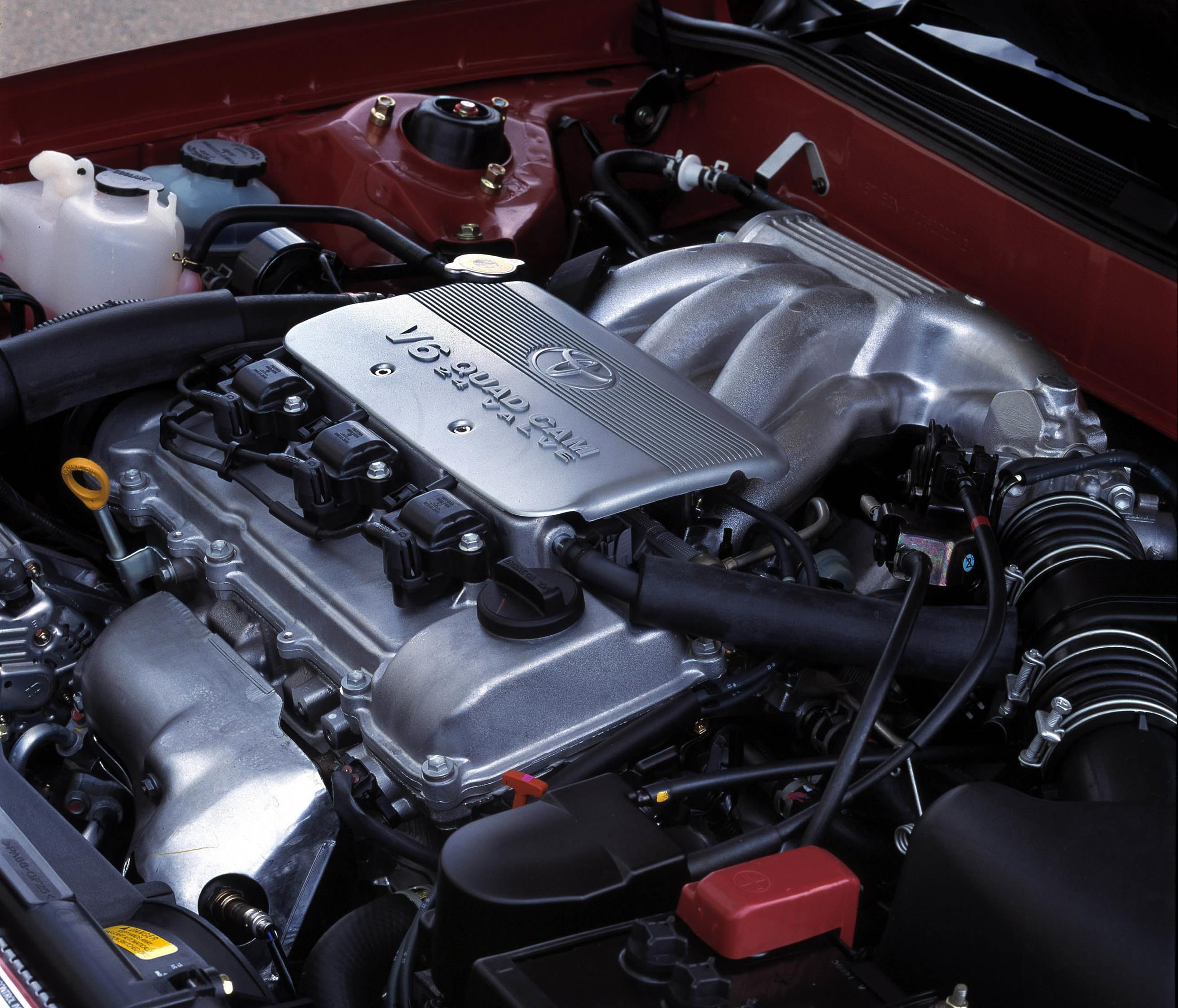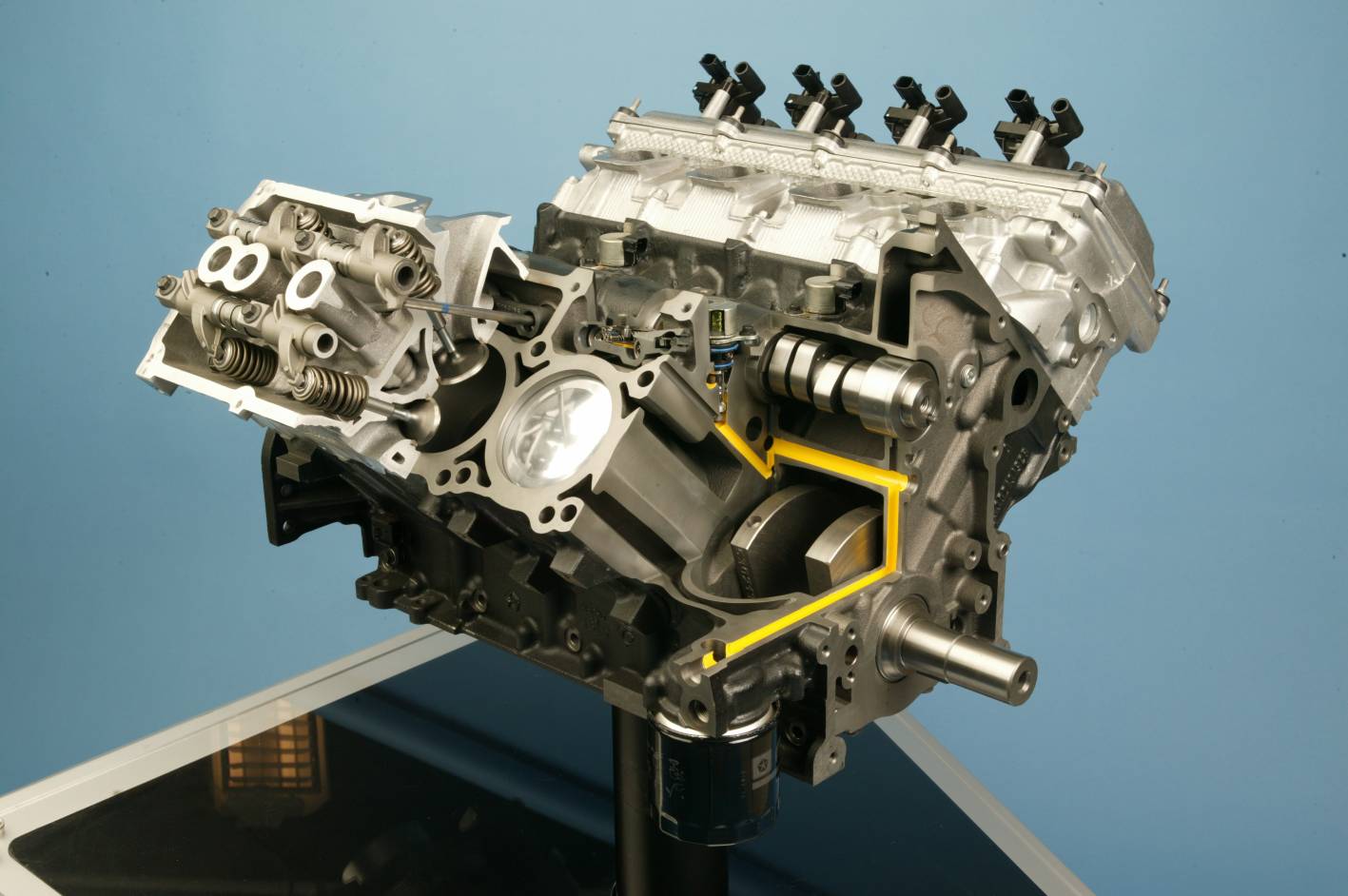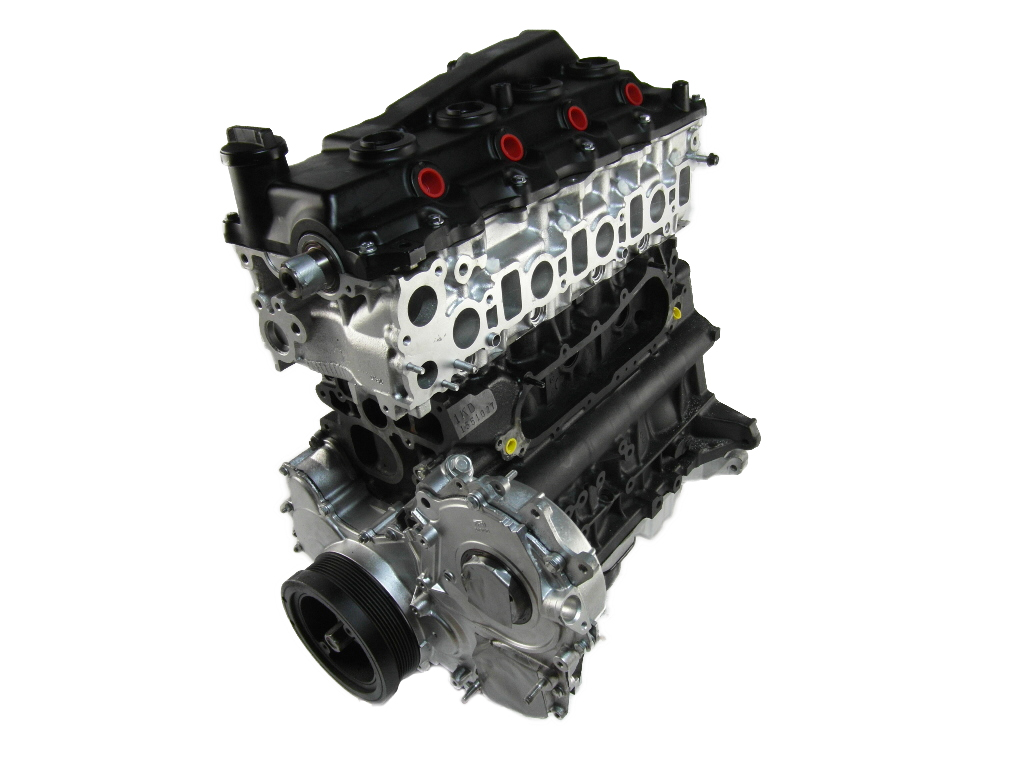Introduction
The PY-VPR and PY-VPS were 2.5-litre petrol engines offered with and without Mazda’s ‘i-ELOOP’ brake energy regeneration system, respectively. Marketed under the ‘SkyActiv-G’ label, the PY-VPS engine was introduced in the Mazda KE CX-5 and subsequently powered the GJ Mazda6. From 2013, the PY-VPS engine powered the BM Mazda3 SP25.
For simplicity, this article will generally refer to the PY-VPR and PY-VPS engines as the ‘2.5 SkyActiv-G’.
| Code | Model | Engine | Trans. | Power | Torque | Years |
|---|---|---|---|---|---|---|
| PY-VPS | Mazda KE CX-5 | 2.5-litre petrol I4 | 6sp auto | 138kW at 5700rpm | 250Nm at 4000rpm | 2012-16 |
| PY-VPS | Mazda KF CX-5 | 2.5-litre petrol I4 | 6sp auto | 138kW at 5700rpm | 250Nm at 4000rpm | 2017-on |
| PY-VPS | Mazda BM Mazda3 SP25 | 2.5-litre petrol I4 | 6sp man., 6sp auto |
138kW at 5700rpm | 250Nm at 3250rpm | 2013-16 |
| PY-VPS | Mazda BN Mazda3 SP25 | 2.5-litre petrol I4 | 6sp man., 6sp auto |
138kW at 5700rpm | 250Nm at 3250rpm | 2016-on |
| PY-VPR | Mazda GJ Mazda6 | 2.5-litre petrol I4 | 6sp auto | 138kW at 5700rpm | 250Nm at 3250rpm | 2012-16 |
| PY-VPR | Mazda GL Mazda6 | 2.5-litre petrol I4 | 6sp auto | 138kW at 5700rpm | 250Nm at 3250rpm | 2016-on |
Block
Like theL5-VE engine which it replaced, the 2.5 SkyActiv-G engine had an aluminium alloy cylinder block and is understood to have 4340 steel-molybdenum alloy bores. With 89.0 mm bores and a 100.0 mm stroke, the SkyActiv-G engine had capacity of 2488 cc. The cylinder block was a deep skirt type and formed a ladder frame structure with the integrated main bearing cap. The water jacket of the cylinder block was a closed-deck type.
The SkyActiv-G engine had a cassette type balancer unit which consisted of two balancer shafts that rotated at twice the speed of the crankshaft to offset the secondary inertia force of the rotating system. To reduce drive losses, the balance shafts were driven by a gear that was attached to the crankshaft.
Crankshaft, connecting rods and pistons
The 2.5 SkyActiv-G engine had a forged steel crankshaft with eight counterweights which operated on five bearings. Furthermore, the SkyActiv engine had forged powder-metal connecting rods and aluminium alloy pistons, the latter having a special piston cavity to reduce cooling losses.
Relative toL5-VE engine, the SkyActiv-G had lighter connecting rods and pistons, while internal friction was reduced by 30 per cent..
Cylinder head
The cylinder head for the 2.5 SkyActiv-G engine was made from aluminium-silicon. The double overhead camshafts were driven by a timing chain that was automatically tensioned using oil pressure and the spring force in the chain tensioner.
Unlike theL5-VE engine which had bucket tappets, the four valves per cylinder for the SkyActiv-G engine were actuated by rocker arms which featured needle roller followers to minimise the contact area with the camshaft; another friction-reduction measure was a reflective finish for the camshaft journals.
Dual Sequential valve timing (Dual S-VT)
For the 2.5 SkyActiv-G engine, Mazda’s ‘Dual Sequential Valve Timing’ (Dual S-VT) provided variable intake and exhaust valve timing. While exhaust valve timing was hydraulically controlled, intake valve timing had electronic control so that it could operate at low engine speeds to reduce pumping losses caused by internal exhaust gas recirculation (EGR). Furthermore, Dual S-VT suppressed knocking during high load operations by enhancing the scavenging effect of high-temperature gas remaining in the chamber.
Injection and ignition
The 2.5 SkyActiv-G engine had a direction injection system whereby fuel was injected directly into the combustion chamber. The SkyActiv-G engine used injector nozzles with six holes for better mixture formation and the evaporative cooling effect produced when the fuel evaporated within the combustion chamber.
For Australia and the US, the 2.5-litre SkyActiv engine had a compression ratio of 13.0:1. When the compression ratio is increased, the temperature at compression top dead centre (TDC) rises, increasing the probability of knocking (premature ignition of the air:fuel mixture). To prevent knocking, the SkyActiv-G engine reduced the amount of hot exhaust gas remaining inside the combustion chamber (see ‘4-2-1 Exhaust’, below) and delayed ignition timing.
To maintain stable combustion with delayed ignition timing, a piston cavity and ‘optimised’ fuel injection were used to produce a stratified air:fuel mixture around the spark plug. The piston cavity also resolved the challenge of the initial flame coming into contact with the piston head and causing cooling loss.
4-2-1 Exhaust
To reduce the amount of hot exhaust gas remaining inside the combustion chamber and suppress knocking, the 2.5 SkyActiv-G engine had a long 4-2-1 exhaust system to prevent recirculation of hot exhaust gases, with the effect limited to very low engine speeds.
While the long exhaust system could cause exhaust gases to cool before reaching the catalytic converter and delay catalyst activation, the 2.5 SkyActiv-G engine could raise exhaust gas temperature by delaying ignition timing. To maintain stable combustion with delayed ignition timing, a piston cavity and ‘optimised’ fuel injection were used to produce a stratified air:fuel mixture around the spark plug. The piston cavity also resolved the challenge of the initial flame coming into contact with the piston head and causing cooling loss.
i-stop
While conventional idle stop systems relied solely on a starter motor to restart the engine, Mazda’s i-stop used combustion and the starter motor in combination. Specifically,
- Fuel would be injected into the cylinder and ignited to generate downward piston force; and,
- The electric-powered stater motor would be used to provide some momentum during the initial restart phase.
To restart the engine using combustion, the cylinders had to be shut down in the ignition/expansion stroke for SkyActiv-G engines; for SkyActiv-D diesel engines, the cylinders had to be in the compression stroke. As such, i-stop differed to conventional systems which only identified which cylinder was in the correct stroke position after the start motor had turned the crankshaft to commence the restart, a process which delayed restart and required extra energy. According to Mazda, its restart times of 0.35 seconds for the SkyActiv-G and 0.40 seconds for the SkyActiv-D engine were industry bests.
PY-VPR engine: i-ELOOP
The PY-VPR engine – which powered the Mazda GJ Mazda6 – included Mazda’s ‘i-ELOOP’ (Intelligent Energy Loop) brake energy regeneration system. When the driver released the accelerator pedal, a variable voltage alternator (12 volt to 25 volt) was driven by the rotation of the tyres to generate electricity which was transferred to a capacitor. For i-ELOOP, Mazda used an electric double-layer capacitor (EDLC) rather than a dedicated battery to quickly capture and temporarily store electricity. The EDLC would fully charge in seven (7) to ten (10) seconds, within the typical ten second deceleration cycle.
After charging the EDLC, the DC/DC converter would step down the voltage of the electricity in the EDLC to 12 volts to power components like the climate control and audio systems, while any surplus electricity went to the starter battery. Depending on load, a full capacitor charge was sufficient to power the vehicle’s electrical systems for a minute.





